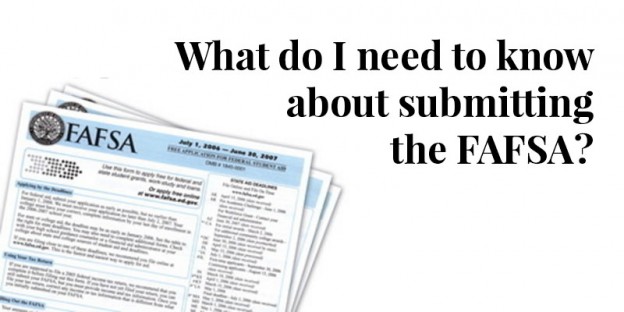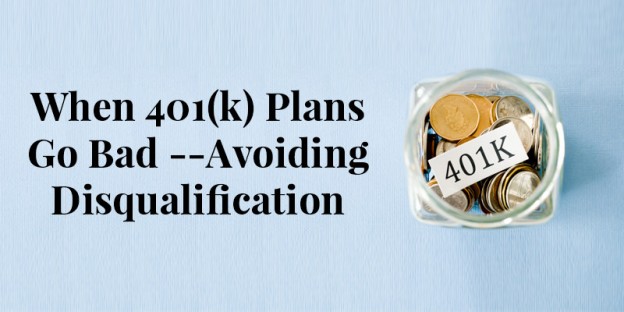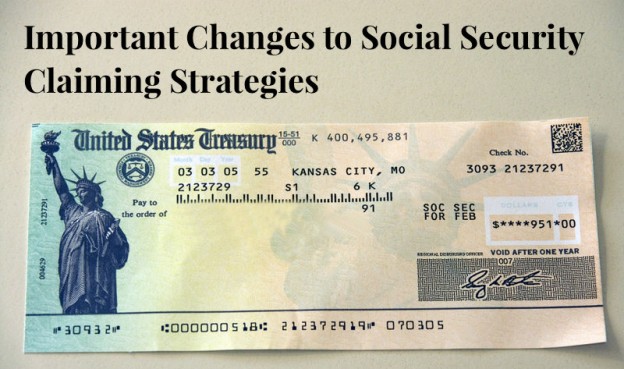The FAFSA, which stands for Free Application for Federal Student Aid, is the federal government’s financial aid application. Though the thought of completing it may inspire a collective groan from parents each year, this form is the prerequisite for many different types of federal and college financial aid, including loans, grants, scholarships, and work-study. So filling it out should be one of the first things on your list if your son or daughter will need some type of financial aid to attend college.

Even if you don’t think your child will qualify for aid, you should still consider submitting the FAFSA in two instances. The first is when you want your child to have some “skin in the game” by taking on a small loan. In this case, filing the FAFSA will make your child eligible for an unsubsidized Stafford Loan each year–up to $5,500 for freshmen, $6,500 for sophomores, and $7,500 for juniors and seniors. Unsubsidized Stafford Loans aren’t based on financial need and are available to any student attending college at least half-time.
The second situation for which you might file the FAFSA is when you want your child to be considered for college financial aid. Colleges generally require the FAFSA, along with the CSS Profile form, before they’ll determine whether your child is eligible for any college need-based grants and scholarships.
The FAFSA is available online at fafsa.ed.gov. A new sign-in method (as of May 2015) requires creating an FSA ID, which consists of a username and password. The FSA ID replaces the prior PIN sign-in method and is meant to be more secure.
The FAFSA should be filed as soon as possible after January 1 for both new and returning students because some aid programs operate on a first-come, first-served basis. Practically speaking, many families wait to submit the FAFSA until after they have completed their tax returns, but you don’t have to wait. The FAFSA can be submitted with estimated tax numbers and then updated later with final tax numbers by simply adding the final numbers manually or using the government’s online IRS Retrieval Tool. Regarding the filing timeline, look for a change on the horizon. Starting with the 2017/2018 school year, families will be able to file the FAFSA as early as October 2016 using their 2015 tax information.
What happens after I file the FAFSA?
After you submit the federal government’s FAFSA (Free Application for Federal Student Aid), you will receive a Student Aid Report (either electronically or by mail, depending on how you filed the FAFSA). This report summarizes key data from your FAFSA and provides you with the holy grail of numbers–your expected family contribution, or EFC, which is the amount of money the government expects your family to contribute toward college for the current year before being eligible for federal aid.
For example, EFC27000 means that your expected family contribution is $27,000. Keep in mind that this figure is what the government says you can afford to pay, not what you say you can afford. In fact, many families may find it difficult to pay their EFC, let alone any potential remaining costs.
Review your report carefully to make sure it contains your correct income and asset information. Any corrections should be made immediately and sent back for reprocessing. If you have questions, you can contact the Federal Student Aid Information Center at 1-800-433-3243. An asterisk (*) next to your EFC means that your application has been selected for verification, which means you’ll need to provide additional documentation as specified.
Your Student Aid Report is also sent to each college that your child listed on the FAFSA. The financial aid administrator at each school that has accepted your child will then use the report (along with the CSS Profile form, if applicable) to craft an aid package that attempts to meet your child’s financial need. Aid packages typically include various combinations of federal loans, grants, and work-study jobs along with college grants and scholarships. Colleges are not obligated to meet all of your family’s financial need. If they don’t, it’s called getting “gapped.” In this case, you’re on the hook for your EFC plus any gap.
Both new and returning students will be notified of a college’s aid package in the spring. Some colleges may send a letter, some may post the information on a password-protected online site, and some may do both. Make sure to look over the award carefully. If you have questions or your financial circumstances have changed since you filed the FAFSA, contact the college’s financial aid office.
Important Disclosure









